- Home
- J. T. Edson
Ole Devil at San Jacinto (Old Devil Hardin Western Book 4) Page 20
Ole Devil at San Jacinto (Old Devil Hardin Western Book 4) Read online
Page 20
xlvii One of the problems when charging a muzzle loading rifle was to ensure a tight enough fit to make the barrel’s rifling grooves take effect. Ramming home a bullet large enough to achieve this was difficult and caused a decrease in accuracy due to the distortion of its shape. So a ball slightly smaller than the size of the bore and wrapped in a ‘patch’ made from a small, well greased piece of soft cloth, or thin hide was used.
xlviii The yanagi-ha corresponds with such utilitarian Occidental arrow points as the Bear 4-Blade Razorheads described in the ‘Bunduki’ series.
xlix Seppuku: ‘disembowelment’, a ritual suicide, also vulgarly called hari-kiri, ‘belly-slitting’. If a Samurai transgressed in certain ways against the code of bushido, he was under an obligation to take his own life and usually did this by a ritualized form of disembowelment. The reason for Tommy Okasi having to have Japan did not fall into such a category. See APPENDIX TWO.
l According to Presidente Santa Anna’s official communiqué, over six hundred Texians were killed at a cost of ‘about seventy Mexicans dead and three hundred wounded’.
li During the final assault on the Alamo Mission, General Manuel Fernandez Castrillón showed hesitation when Presidente Santa Anna ordered him to shoot six prisoners who were taken. Wishing to demonstrate their devotion to duty, the members of el Presidente’s staff—who had taken no part in the actual fighting—drew their swords and carried out the ‘executions’ with such vigor that they almost included Castrillón among their victims.
lii In General Houston’s opinion, the ‘Runaway Scrape’ had a worse effect on morale than any of the misfortunes which had befallen the Texians. He informed the Government via its Secretary of War, ‘Your removal to Harrisburg has done more to increase the panic in the country than anything else that has occurred in Texas, except the fall of the Alamo’.
liii Unfortunately, for political reasons, Major General Houston was advised to make no reference to the trick which had been played on Presidente Santa Anna. So neither Ole Devil Hardin nor Lieutenant Dimmock could be given the credit they deserved. All that could be said was the latter had died showing great courage during a patrol which encountered a large body of Mexican soldiers.
livHow is told in OLE DEVIL AND THE MULE TRAIN.
lv Ole Devil Hardin's summation was correct. Presidente Santa Anna had left General Ramirez Sesma and a thousand men at Thompson’s Ferry, hoping to trap the Republic of Texas’s Army between them and the force led by General Vincente Filisola which was escorting the baggage train if they responded to his insulting message.
lvi As is explained in GET URREA, there was a far more sinister reason for the departure of the Tamaulipa Brigade.
lvii Colonel Juan Almonte fled from the field of battle unscathed, but on discovering that all avenues of escape were blocked, returned after the fighting was over to surrender ‘with honor’.
lviii For details, read GET URREA and THE QUEST FOR BOWIE'S BLADE.
lix Ole Devil Hardin never attained the skill of another member of the clan to whom Tommy Okasi imparted the secrets of ju-jitsu and karate. This was Captain Dustine Edward Marsden ‘Dusty’ Fog, C.S.A., details of whose career are given in the author’s Floating Outfit and Civil War series. Ole Devil's 'granddaughter', Betty Hardin, also acquired considerable ability in both these martial arts.
lx Some researchers claim that James Bowie’s oldest brother, Rezin Pleasant, was the actual designer of the knife.
lxi The dimensions have been duplicated by master cutler William D. ‘Bo’ Randall, Jr., of Orlando, Florida, in his Model 12 ‘Smithsonian’ bowie knife, one of which is carried by James Allenvale ‘Bunduki’ Gunn, see: BUNDUKI, BUNDUKI AND DAWN and SACRIFICE FOR THE QUAGGA
GOD and FEARLESS MASTER OF THE JUNGLE.
lxii Jonathan Browning’s eldest son, John Moses (1855-1926) became the world’s most prolific and, arguably, finest designer of firearms. He makes a ‘guest appearance’ in: CALAMITY SPELLS TROUBLE.
lxiii While engaged in manufacturing the Slide Repeating rifle, Jonathan Browning also developed a rifle which could be discharged six times in succession. The ammunition was held in a cylinder similar to that of later revolvers, but there was no mechanism and it had to be rotated manually after each shot. While the same caliber—approximately .45—and almost ten inches shorter, it was more bulky and weighed twelve pounds, two ounces. It was not offered for sale until he had settled in Council Bluffs, Utah, in 1852. By that time, due to the ever increasing availability of Samuel Colt’s mechanically superior rifles and revolvers, it too had become redundant.
lxiv Samurai: a member of the Japanese lower nobility’s elite warrior class, who usually served as a retainer for the Daimyos, the hereditary feudal barons. A master-less Samurai who became a mercenary was known as a Ronin. From the mid-1800s, increased contact with the Western Hemisphere brought an ever growing realization that the retention of a hereditary and privileged warrior class was not compatible with the formation of a modern and industrialized society. Various edicts issued by the Emperor between 1873 and 1876 abolished the special rights of the Samurai and, although some of their traditions, concepts and military skills were retained, they ceased to exist in their original form.
lxv The various members of the Hardin, Fog and Blaze clan with whom I discussed the subject while visiting Fort Worth, Texas, said that, because of the circumstances and the high social standing of the people involved—all of whom have descendants holding positions of influence and importance in Japan at the time of writing—it is inadvisable even at this late date to make public the facts concerning the reason for Tommy Okasi’s departure.
lxvi Traditionally, the daisho was carried thrust into the sash about the Samurai’s waist; in which case, the longer sword was called a katana. As Tommy Okasi spent a considerable amount of his time on horseback after he arrived in the United States, he found it more convenient to wear his suspended by their sheaths on either side of a leather belt.
lxviiAfter the blade had been shaped by fusing together numerous layers of steel, it was ready to be tempered. A clay-like material, for which every master swordsmith had his own secret recipe, was applied to the whole of the blade apart from an inch or so at the.tip and along the entire cutting edge. After heating the blade to the correct temperature—which by tradition was commenced in the half light of the early morning — it was plunged into a tub of cold water. The exposed metal cooled instantly and became very hard. Being encased in the clay sheath, the rest of the metal lost its heat more gradually and, remaining comparatively soft, was given a greater pliancy. To prove that the finished product was capable of carrying out the work for which it was intended, the smith beat it against a sheet of iron and hacked to pieces the body of a dead criminal before handing it over to the owner. This is, of course, only a simplified description of the process.
lxviii Unlike Occidental ‘self’ bows of the period, with the stave formed from a single billet of timber, the Japanese weapon was built of three bamboo strips sheathed on two sides with mulberry wood. This formed a core which was encased by further lengths of bamboo, the whole pasted by fish glue and painted with lacquer. By laminating the bamboo and the softer, more pliable, mulberry wood, a great strength and flexibility was achieved.
How Tommy Okasi strung his bow is described in: OLE DEVIL AND THE MULE TRAIN and a comparison with one Occidental method when using a modern recurved—where the ends of the limbs are bent back from the straight line—composite hunting bow (with some form of fiberglass limbs and a wooden handle-riser) can be made by reading: SACRIFICE FOR THE QUAGGA GOD.
lxix The traditional Japanese arrow was made from mashinodake, a very hard, straight and thin species of bamboo. After being cut in the winter, the bamboo was left to dry out of doors until spring. After it had been further dried and hardened by being placed close to afire, the joints were carefully smoothed down. When the shaft had been polished with emery powder and water, it was once more exposed to the fire. Finally,
it was fletched with three feathers from a hawk, falcon or eagle and had its
nock and some form of metal arrowhead affixed.
The karimata, ‘forked arrow’ point—which Tommy Okasi did not find cause to use on the assignment described in this work—was a two-pronged design with extremely sharp cutting edges. Originally intended to sever ropes and leather armour lacings, it was also an extremely potent weapon. The width varied from one to six inches between the tips of the prongs. Because of the terrible injuries they were capable of inflicting, the larger sizes—none of which Tommy had in his possession—were also called ‘bowel rakers’.
In conclusion, the author feels that a brief description of the Japanese technique called yabusame—translated literally, 'shooting from a running horse’—may be of interest. In competition, the mounted kyudoka rides at a gallop over a course two cho—roughly two hundred and thirty-eight yards—in length, along which are placed at approximately thirty-eight, one hundred and eighteen and one hundred and ninety-three yards, two foot square wooden targets on posts between thirty-six and forty-eight inches high. Passing them at a distance of around thirty yards, the kyudoka discharges an arrow with a forked head that shatters on impact.
lxx Although early types of firearms had been known in Japan since the arrival of Portuguese explorers in 1543, the Samurai had small regard for them as weapons and spent little time in learning how to use them.
lxxi Until the visits by a flotilla under the command of Commodore Perry, United States’ Navy in 1853-54 paved the way, there was little contact between Japan and the Western World.

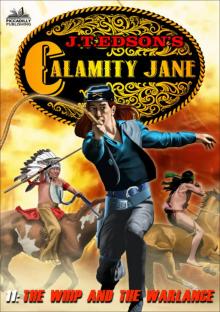 Calamity Jane 11
Calamity Jane 11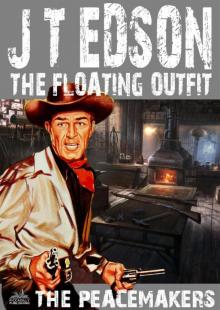 The Floating Outift 33
The Floating Outift 33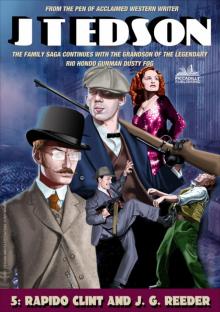 Cap Fog 5
Cap Fog 5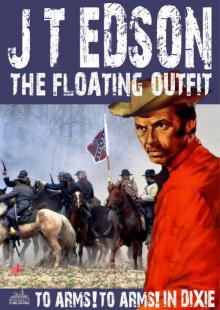 The Floating Outfit 34
The Floating Outfit 34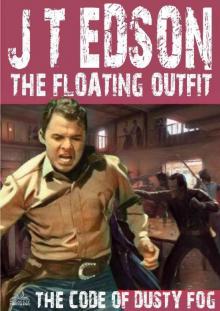 The Code of Dusty Fog
The Code of Dusty Fog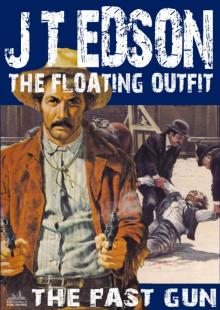 The Floating Outfit 21
The Floating Outfit 21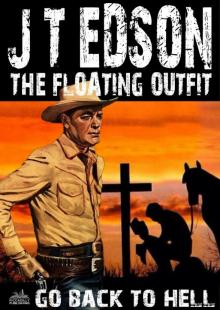 The Floating Outift 36
The Floating Outift 36 Calamity Jane 2
Calamity Jane 2 Calamity Jane 6: The Hide and Horn Saloon (A Calamity Jane Western)
Calamity Jane 6: The Hide and Horn Saloon (A Calamity Jane Western)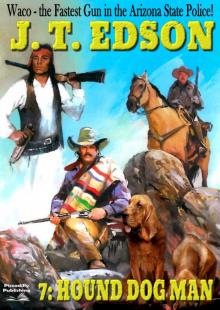 Waco 7
Waco 7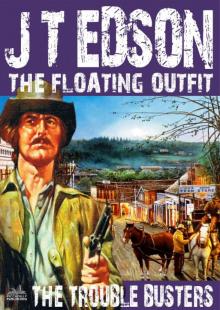 The Floating Outfit 25
The Floating Outfit 25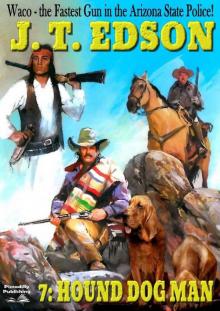 Waco 7: Hound Dog Man (A Waco Western)
Waco 7: Hound Dog Man (A Waco Western)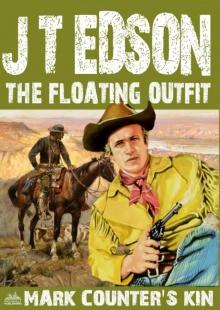 The Floating Outfit 47
The Floating Outfit 47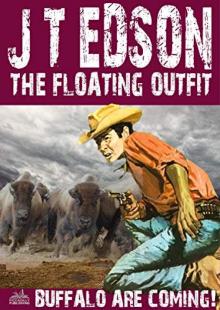 The Floating Outfit 42: Buffalo Are Coming!
The Floating Outfit 42: Buffalo Are Coming!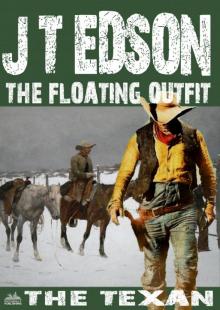 The Floating Outfit 46
The Floating Outfit 46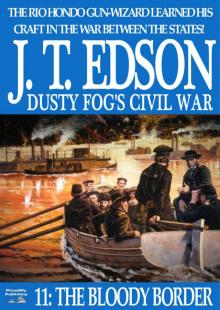 Dusty Fog's Civil War 11
Dusty Fog's Civil War 11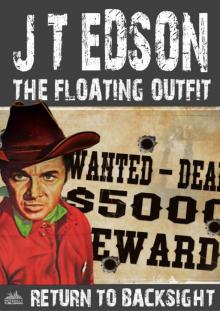 The Floating Outfit 61
The Floating Outfit 61 The Owlhoot
The Owlhoot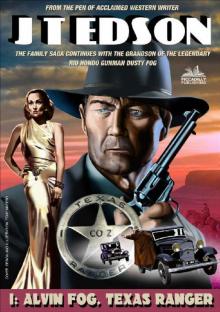 Alvin Fog, Texas Ranger
Alvin Fog, Texas Ranger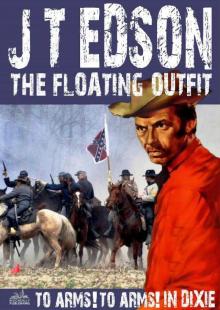 The Floating Outfit 34: To Arms! To Arms! In Dixie! (A Floating Outfit Western)
The Floating Outfit 34: To Arms! To Arms! In Dixie! (A Floating Outfit Western)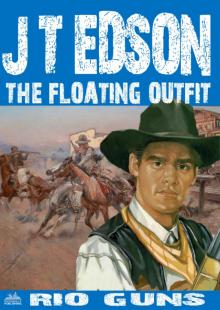 The Floating Outfit 44
The Floating Outfit 44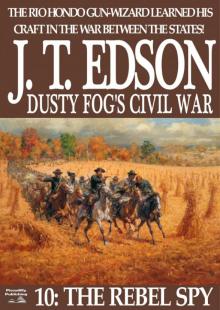 Dusty Fog's Civil War 10
Dusty Fog's Civil War 10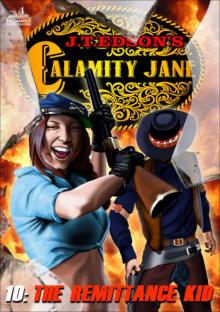 Calamity Jane 10
Calamity Jane 10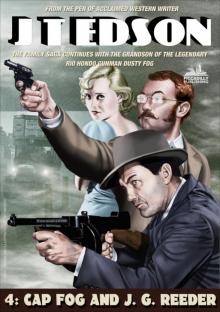 Cap Fog 4
Cap Fog 4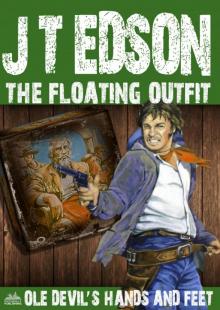 The Floating Outfit 51
The Floating Outfit 51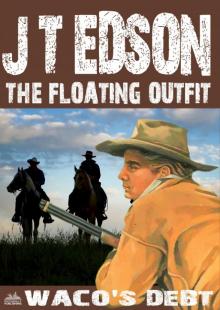 The Floating Outfit 50
The Floating Outfit 50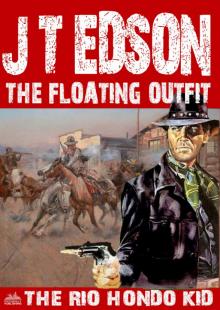 The Floating Outfit 49
The Floating Outfit 49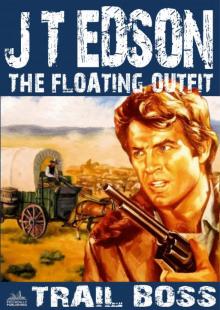 The Floating Outfit 10
The Floating Outfit 10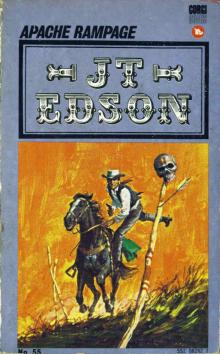 Apache Rampage
Apache Rampage The Floating Outfit 15
The Floating Outfit 15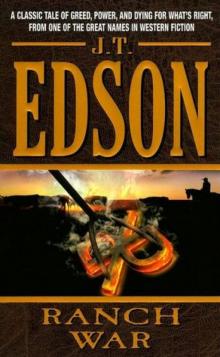 Ranch War
Ranch War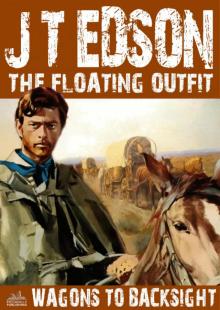 The Floating Outfit 11
The Floating Outfit 11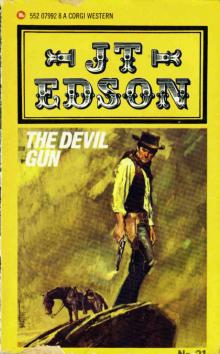 The Devil Gun
The Devil Gun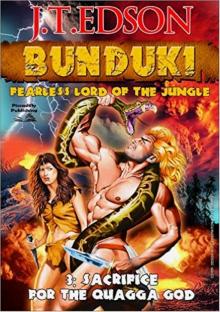 Sacrifice for the Quagga God (A Bunduki Jungle Adventure Book 3)
Sacrifice for the Quagga God (A Bunduki Jungle Adventure Book 3)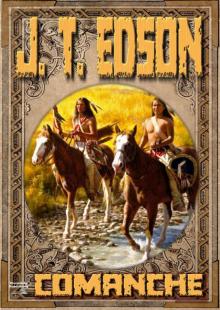 Comanche (A J.T. Edson Western Book 1)
Comanche (A J.T. Edson Western Book 1)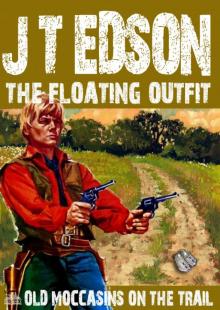 The Floating Outfit 48
The Floating Outfit 48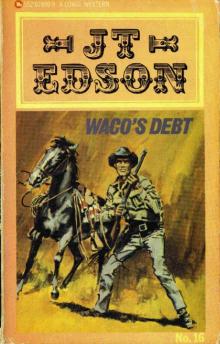 Wacos Debt
Wacos Debt The Rebel Spy
The Rebel Spy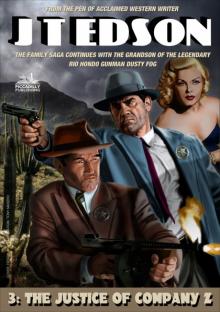 Cap Fog 3
Cap Fog 3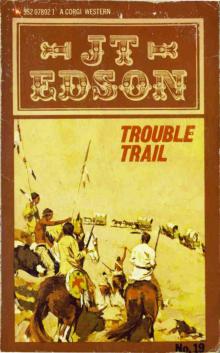 Trouble Trail
Trouble Trail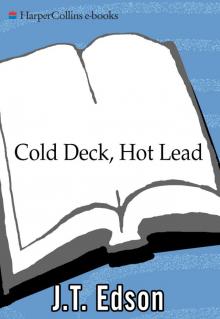 Cold Deck, Hot Lead
Cold Deck, Hot Lead Rockabye County 4
Rockabye County 4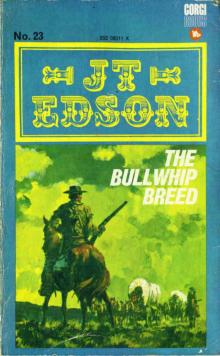 The Bullwhip Breed
The Bullwhip Breed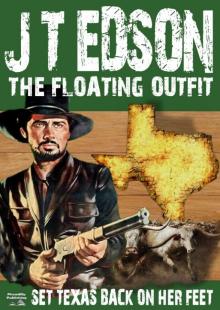 Set Texas Back On Her Feet (A Floating Outfit Western Book 6)
Set Texas Back On Her Feet (A Floating Outfit Western Book 6)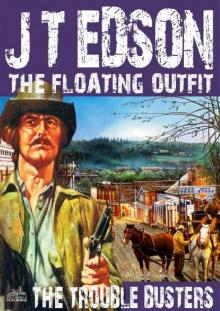 The Floating Outfit 25: The Trouble Busters (A Floating Outfit Western)
The Floating Outfit 25: The Trouble Busters (A Floating Outfit Western)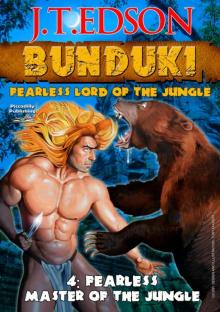 Fearless Master of the Jungle (A Bunduki Jungle Adventure
Fearless Master of the Jungle (A Bunduki Jungle Adventure Wanted! Belle Starr!
Wanted! Belle Starr!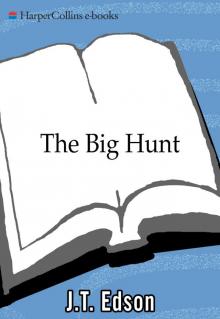 The Big Hunt
The Big Hunt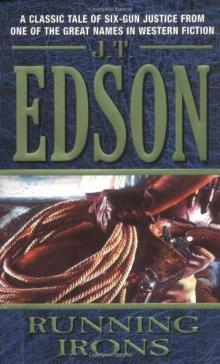 Running Irons
Running Irons The Floating Outfit 19
The Floating Outfit 19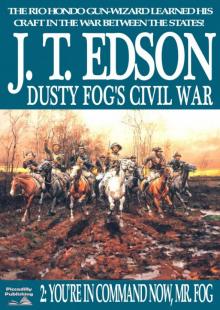 You're in Command Now, Mr Fog
You're in Command Now, Mr Fog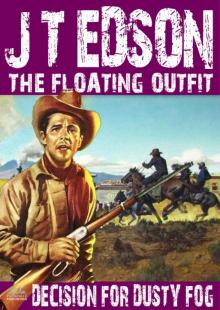 The Floating Outfit 27
The Floating Outfit 27 Texas Killers
Texas Killers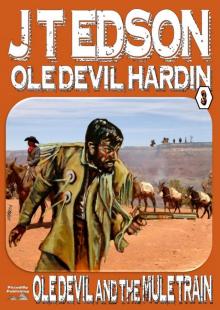 Ole Devil and the Mule Train (An Ole Devil Western Book 3)
Ole Devil and the Mule Train (An Ole Devil Western Book 3)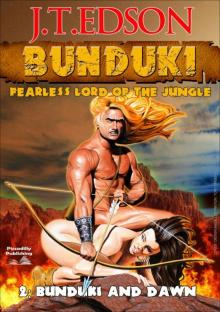 Bunduki and Dawn (A Bunduki Jungle Adventure Book 2)
Bunduki and Dawn (A Bunduki Jungle Adventure Book 2)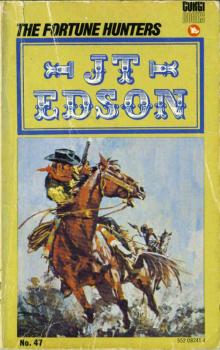 The Fortune Hunters
The Fortune Hunters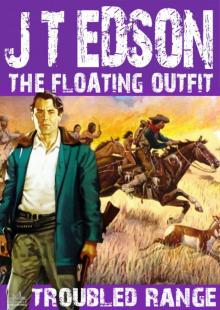 The Floating Outfit 12
The Floating Outfit 12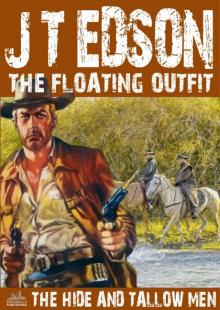 The Hide and Tallow Men (A Floating Outfit Western. Book 7)
The Hide and Tallow Men (A Floating Outfit Western. Book 7)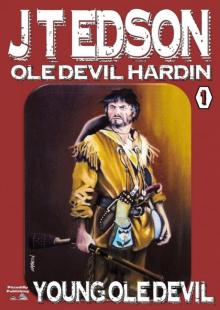 Young Ole Devil
Young Ole Devil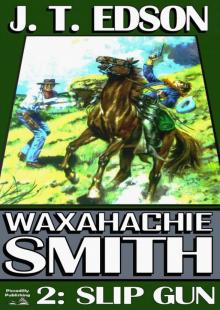 Slip Gun
Slip Gun The Drifter
The Drifter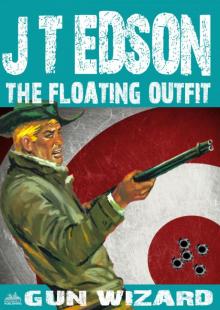 The Floating Outfit 45
The Floating Outfit 45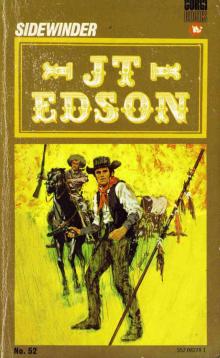 Sidewinder
Sidewinder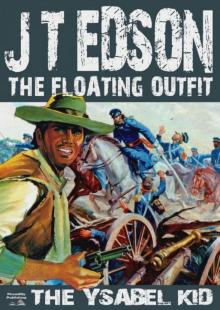 The Ysabel Kid
The Ysabel Kid Waco 6
Waco 6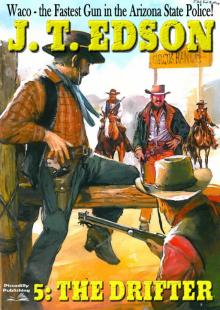 Waco 5
Waco 5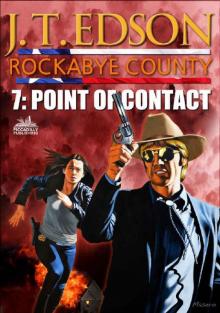 Point of Contact
Point of Contact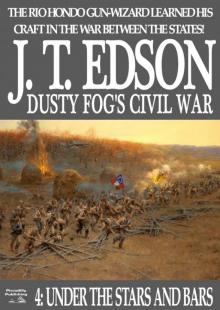 Under the Stars and Bars (A Dusty Fog Civil War Western Book 4)
Under the Stars and Bars (A Dusty Fog Civil War Western Book 4)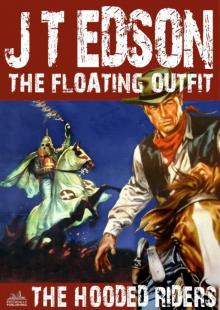 The Floating Outfit 9
The Floating Outfit 9 Under the Stars and Bars
Under the Stars and Bars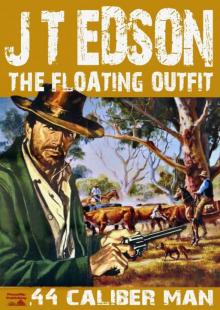 .44 Caliber Man
.44 Caliber Man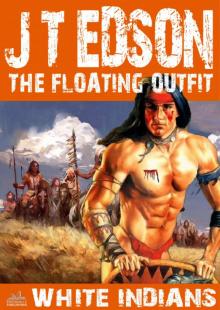 The Floating Outfit 17
The Floating Outfit 17 Ole Devil at San Jacinto (Old Devil Hardin Western Book 4)
Ole Devil at San Jacinto (Old Devil Hardin Western Book 4)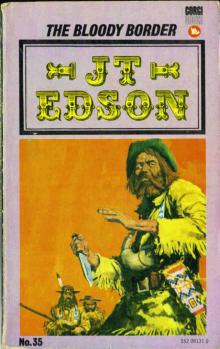 The Bloody Border
The Bloody Border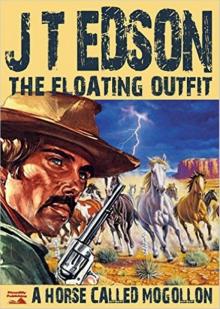 A Horse Called Mogollon (Floating Outfit Book 3)
A Horse Called Mogollon (Floating Outfit Book 3)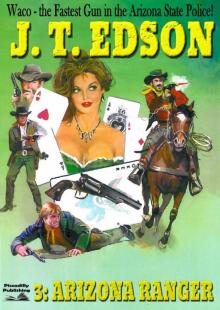 Waco 3
Waco 3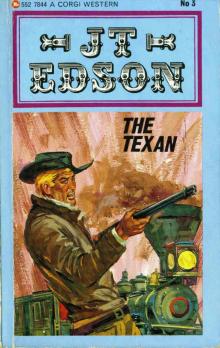 The Texan
The Texan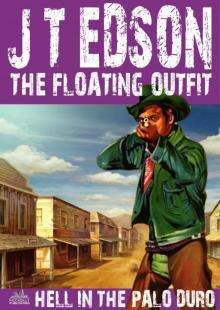 The Floating Outfit 35
The Floating Outfit 35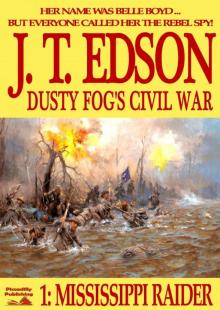 Mississippi Raider
Mississippi Raider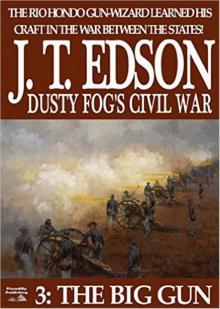 The Big Gun (Dusty Fog's Civil War Book 3)
The Big Gun (Dusty Fog's Civil War Book 3)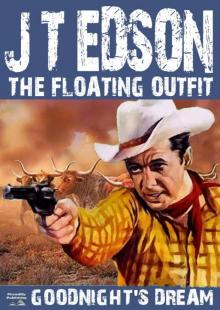 Goodnight's Dream (A Floating Outfit Western Book 4)
Goodnight's Dream (A Floating Outfit Western Book 4) Waco 4
Waco 4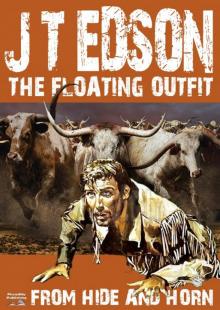 From Hide and Horn (A Floating Outfit Book Number 5)
From Hide and Horn (A Floating Outfit Book Number 5)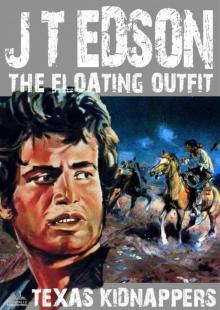 The Floating Outfit 18
The Floating Outfit 18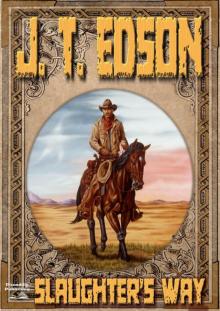 Slaughter's Way (A J.T. Edson Western)
Slaughter's Way (A J.T. Edson Western)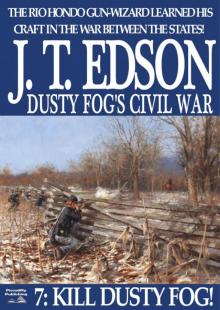 Dusty Fog's Civil War 7
Dusty Fog's Civil War 7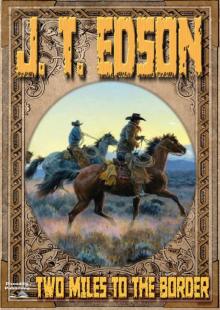 Two Miles to the Border (A J.T. Edson Western)
Two Miles to the Border (A J.T. Edson Western)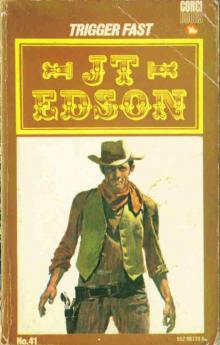 Trigger Fast
Trigger Fast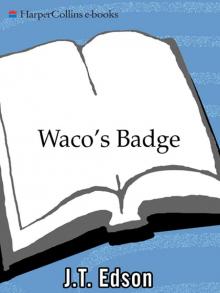 Waco's Badge
Waco's Badge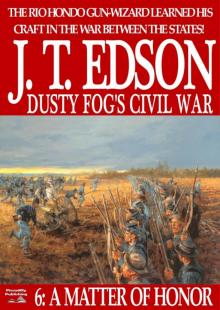 A Matter of Honor (Dusty Fog Civil War Book 6)
A Matter of Honor (Dusty Fog Civil War Book 6)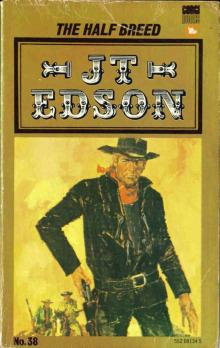 The Half Breed
The Half Breed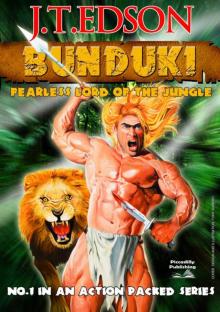 Bunduki (Bunduki Series Book One)
Bunduki (Bunduki Series Book One) Kill Dusty Fog
Kill Dusty Fog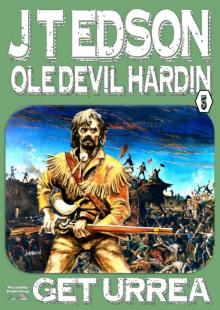 Get Urrea! (An Ole Devil Hardin Western Book 5)
Get Urrea! (An Ole Devil Hardin Western Book 5)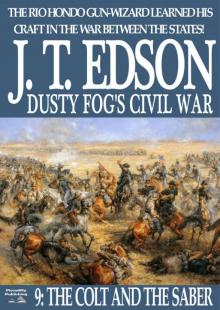 Dusty Fog's Civil War 9
Dusty Fog's Civil War 9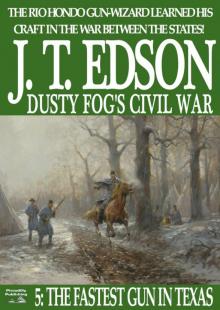 The Fastest Gun in Texas (A Dusty Fog Civil War Book 5)
The Fastest Gun in Texas (A Dusty Fog Civil War Book 5)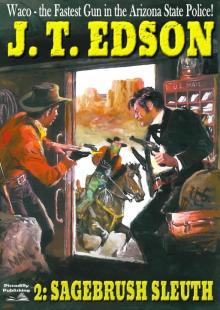 Sagebrush Sleuth (A Waco Western #2)
Sagebrush Sleuth (A Waco Western #2)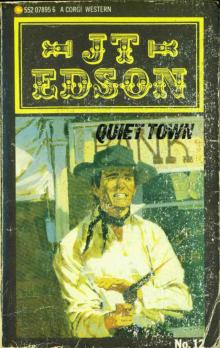 Quiet Town
Quiet Town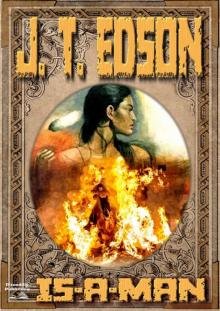 Is-A-Man (A J.T. Edson Standalone Western)
Is-A-Man (A J.T. Edson Standalone Western)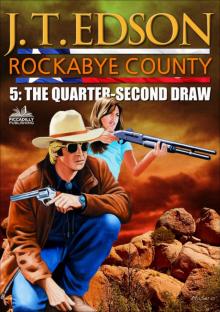 Rockabye County 5
Rockabye County 5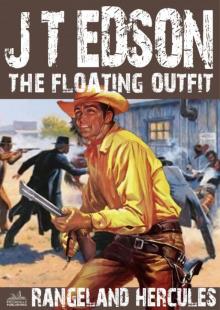 The Floating Outfit 14
The Floating Outfit 14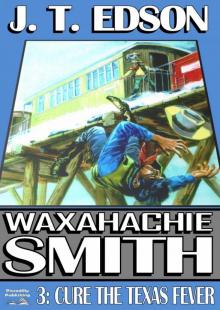 Cure the Texas Fever (A Waxahachie Smith Western--Book 3)
Cure the Texas Fever (A Waxahachie Smith Western--Book 3)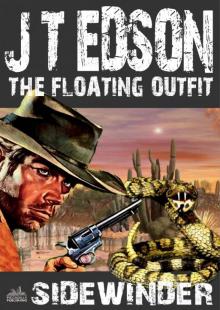 The Floating Outfit 13
The Floating Outfit 13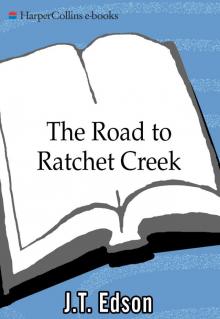 The Road to Ratchet Creek
The Road to Ratchet Creek